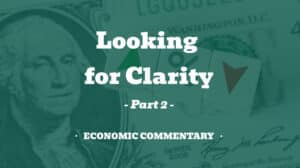
Economic Commentary – Looking for Clarity (Part 2)
We rarely release sequels; we don’t want to get anywhere close to Rocky 27 (or wherever we are in that long series), but we do

We rarely release sequels; we don’t want to get anywhere close to Rocky 27 (or wherever we are in that long series), but we do
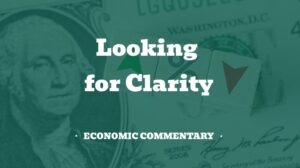
The U.S. is not on a precipice, nor is it staring down an imminent recession, nor is it facing a looming economic crisis. In short,
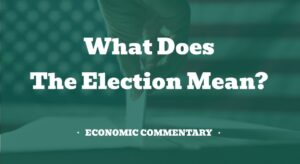
We’ve all been through a bruising election season, and emotions are running high on all sides of this election’s various debates. As readers of these
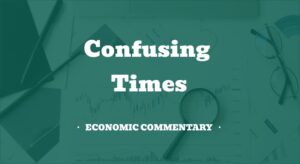
If you’re feeling a bit dazed and confused in the present times, you’re not alone, nor are these feelings unwarranted. We are being whipsawed by
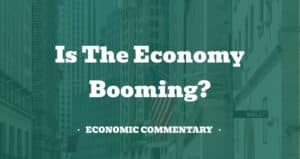
Economic reports coming in are good, and most media outlets have concluded that this is great news. Those conclusions may be premature; the more logical
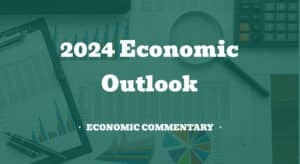
We closed 2023 and entered 2024 with a market rally, newly born confidence that the inflation battle won’t lead us into a recession, and relief
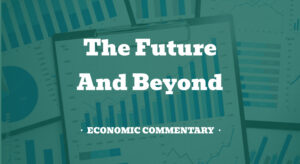
There is a lot of doom and gloom in the air, but there is a significant amount of very positive news to consider as we
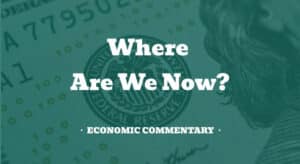
Thus far, 2023 has been a confusing year. Certainly, the geopolitical landscape has been difficult, but overlaid on those headlines are alternating reports of a
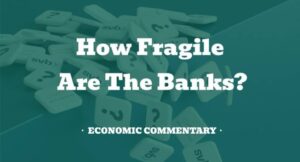
The failure of Silicon Valley Bank and the simultaneous troubles afflicting First Republic Bank and now Credit Suisse can’t help but call into question the
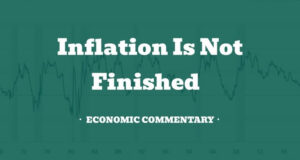
Hope springs eternal, as they say, and many in the media are pushing the narrative that inflation has been vanquished – or is at least